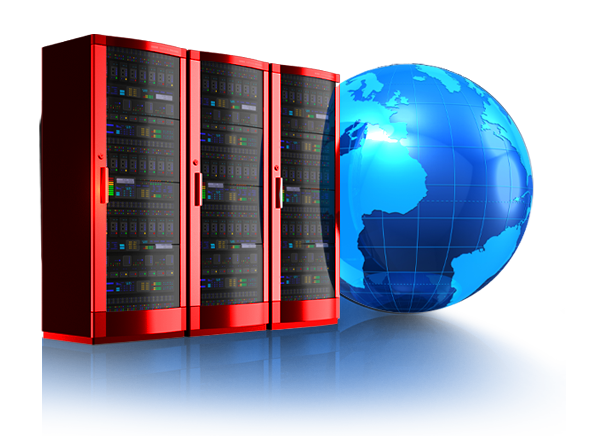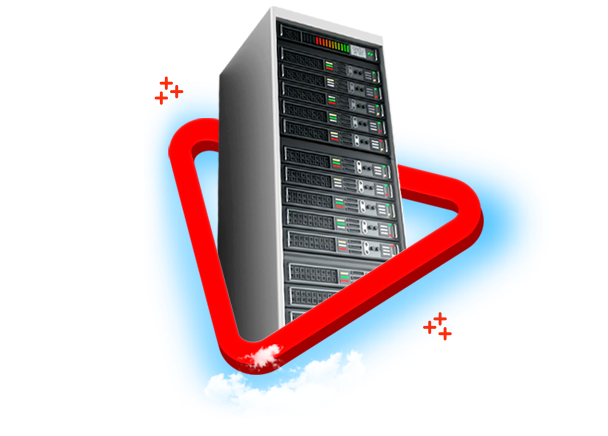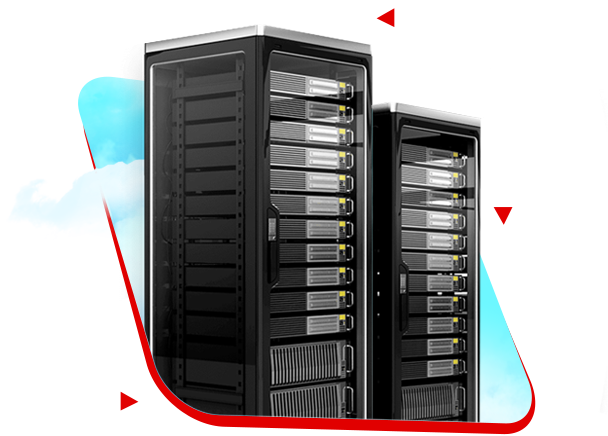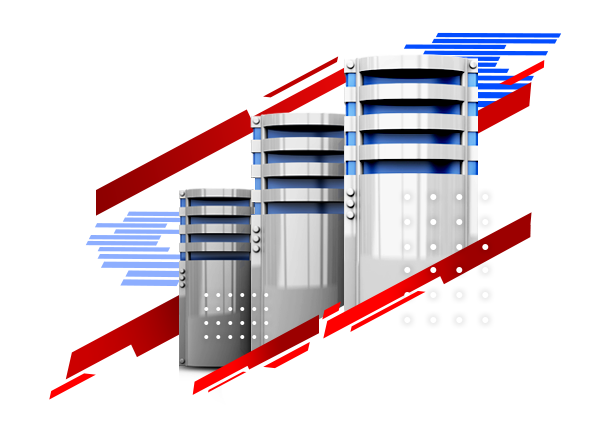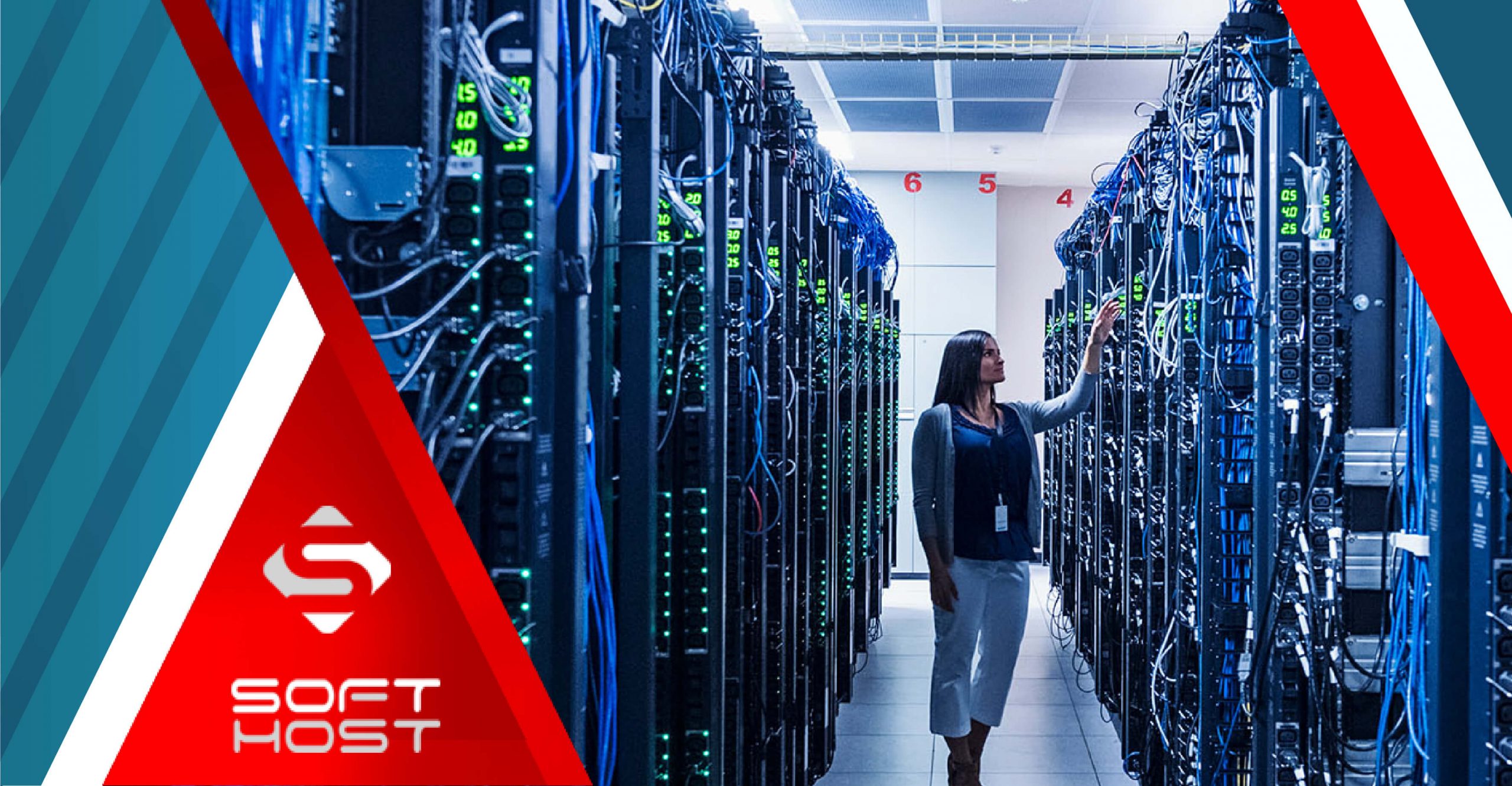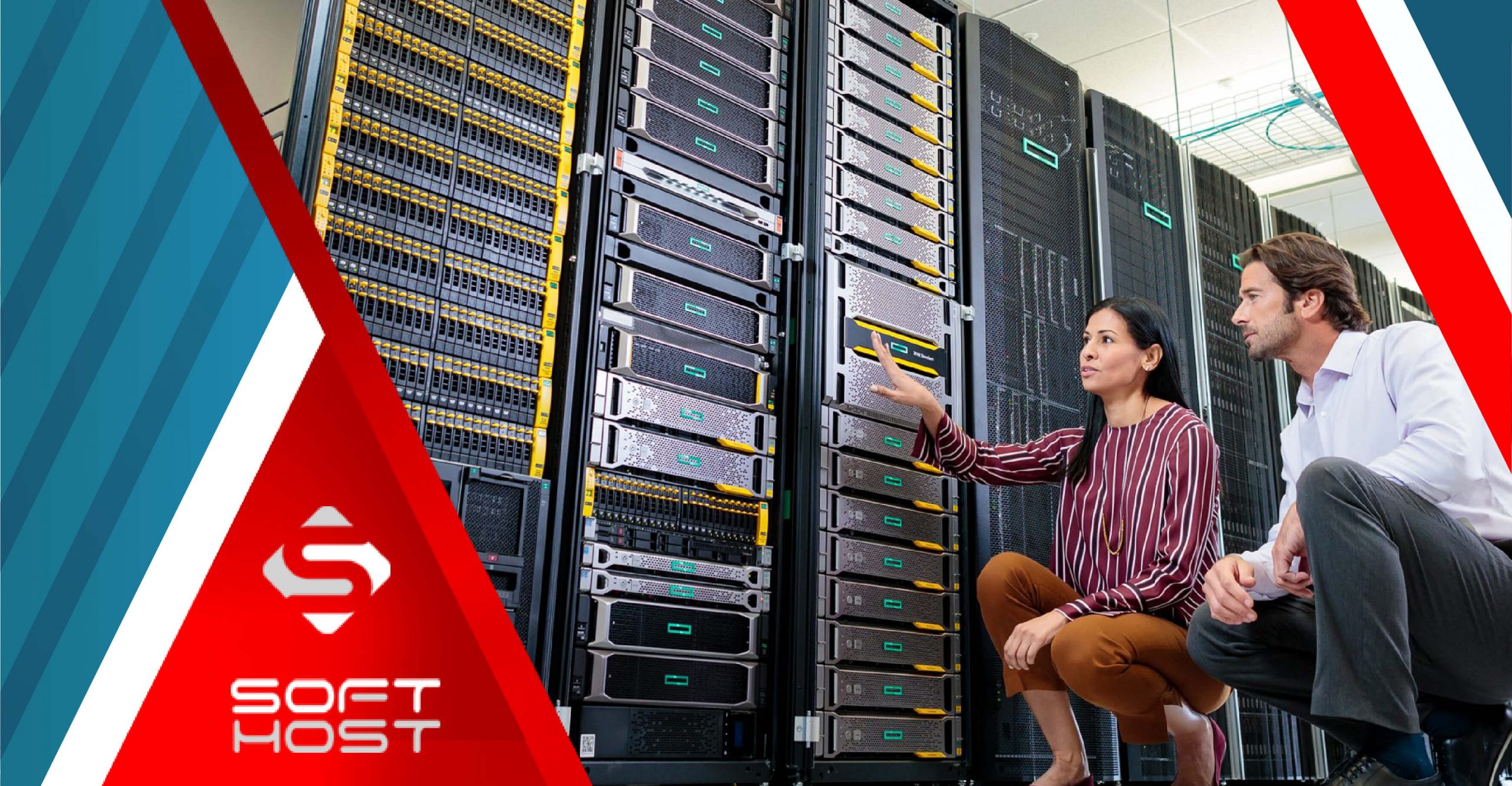
This technology has grown significantly in recent years for data protection needs in servers. The first implementation of RAID technology dates back to the 1990s when very expensive control boards with I/O capable processors were used as powerful CPU hosts. At that time, hardware RAID was the only solution offered, which limited its use only in expensive servers. Today, RAID is everywhere.
From an operating system software to an independent controller that stores data in the network with high capacity. RAID can also be seen in laptops, desktop computers, and servers with multiple hard drives. This article tries to review the solutions that exist for RAID and introduce the best ones for you to choose. First, a definition of software RAID versus hardware RAID will be provided, and then an explanation of their implementation and the benefits of each will be given.
What is RAID and what are its types?
Table of Contents
It is an abbreviation of the term plug-in array for independent disks, which is a way to virtualize multiple independent hard disks into one or more arrays to improve performance, capacity, and availability. The total capacity of the array depends on the type of RAID that is built, as well as the number and capacity of the disks. This total array capacity is independent of the type of hardware or software RAID you may be using. Follow the content below to see different implementations, strengths and weaknesses, impact on system performance and effectiveness in increasing data access in all types of RAIDs.
Software RAID
The simple way to describe software RAID is to know that it uses your system’s processor to perform its task. This means that the processing requirement and the power that RAID is supposed to use for its activity are imposed on the system processor in addition to the usual processing required by the operating system and the software running on it.
Applications of software RAID
1) as a pure software solution
2) as a hybrid solution that includes hardware designed to improve processor efficiency.
Pure software solution: In this case, the software will do its job without any hardware help, only by using the system facilities as an application software along with other software implemented in the operating system. The hard disk used in this method is the disk on which the operating system is located. Some of these software RAIDs have the ability to be integrated with the server operating system along with free programs, which makes this method cheaper.
Advantages and disadvantages of Reed software
Low cost (the only cost is the added disks) – Lack of protection during boot (lack of ability to manage and protect damaged disks during the boot phase) – Additional load imposed on servers (due to running on the operating system. This method (recommended for RAID 0,1,10) – Limitation in migrating to another operating system – Vulnerability to viruses – Possibility of losing all data due to hardware or software problems of the operating system – Not using the cache function
Hybrid solution – hardware with the help of software: in this method, the RAID software performs the task with the help of hardware added on the motherboard, such as an HBA with a RAID BIOS, which solves the weakness of the previous solution when the system boots. In addition, the hardware drivers used in this method are supported by most of the popular operating systems.
Some advantages and disadvantages of this method:
Reasonable cost (only an HBA or a flash disk for BIOS will be imposed as a cost) – Boot protection – Special graphic user for RAID creation and maintenance – Other disadvantages of the first method.
Hardware RAID
In this method, the RAID program is executed through the processor and RAM embedded in a device independent of the host computer. The hardware can be integrated on the motherboard or a card slot that can be installed on the motherboard.
The easiest way to determine which type of hardware or software RAID is most suitable for your work is to check the technical specifications or manuals of each. If the proposed method involved a microprocessor (typically I/O, a processor, or in some cases ROC – meaning RAID built into the chipset), the proposed method is hardware. And if there is no processor, it is software. It is important for you to know which method has what effects in your work process and which one is best for you.
Things to keep in mind:
- Processor performance status while running other programs
- The efficiency of disks that can be added to the system
- Ease of data recovery after failure
- Advanced data management and monitoring capabilities
- Ability to manage disks simultaneously in different operating systems
- The possibility of installing a backup battery to improve the write cache of the system
Hardware RAID implementation:
It is possible in two ways:
- as an independent card
- integrally presented on a special chipset.
as an independent card:
It is a type of card that can be installed on the PCI-X or PCIe slots of the motherboard, on which the processor and I/O controller are installed. The price of some of these cards is high, but its flexibility makes it a suitable method among RAID methods. Here the RAID function is completely separate from the host system. The independent character of this card allows maximum use of processor power and faster RAM. The RAID card fully performs the storage tasks on independent disks even when the disks fail. Complex advantages and more disk space, for example in RAID 5, 6 levels, can be accessed without straining the system in this way.
Additional I/O interfaces on the card usually provide more expandability (adding more disks of higher capacity) to the system. Even multiple RAID arrays do not strain system performance. As a result, migration to other operating systems, devices and platforms is possible.

Advantages and disadvantages of this method:
- Boot protection (no negative pressure when booting the system during moderate or full crashes)
- Performance independent of the load on the server (fast RAM, fast processor and no pressure on the host system)
- Host-independent RAID program (no data loss due to system failure)
- Advanced power failure protection (unlike software RAID)
- Invulnerability to viruses
- Benefit from an independent graphical user to manage and build RAID
- Ease of migration and replacement
- Support for advanced RAID features
- The ability to cache on the controller using a backup battery
- High cost of I/O processor, memory on card.
integrated on the chipset:
In this method, the RAID processor, the RAM controller, the user interface, the I/O interface for communicating with hard disks, and sometimes the RAM itself, are all gathered in one chip. This chip can be embedded in a low-cost motherboard. The ROC replaced by the I/O chip can be found on many server motherboards. (for example, a SCSI controller chip) which means that the ROC method is more than just a connection between hard drives.
Advantages and disadvantages of ROC-based hardware RAID:
- Boot protection (no negative pressure when booting the system during moderate or full crashes)
- Performance independent of the load on the server (fast RAM, fast processor and no pressure on the host system)
- Host-independent RAID program (no data loss due to system failure)
- Advanced power failure protection (unlike software RAID)
- Invulnerability to viruses
- Benefit from an independent graphical user to manage and build RAID
- Ease of migration and replacement
- Support for advanced RAID features
- The ability to cache on the controller using a backup battery
- Average cost
- Restrictions on flexibility and migration
Which hardware or software RAID is right for your application?
Now that we know the advantages and disadvantages of various RAID implementation methods, we can reach our desired goals by looking at several server scenarios and optimizing it.
Pure software RAID method:
Suitable for RAID 0,1 levels, despite this problem, it cannot be used during boot.
Recommended applications: 1- Workstations without the need for high-capacity data storage 2- Basic servers without the need for boot protection
Hybrid Solution Method: Almost the same in cost as the pure software method, but also has boot protection.
Recommended programs: 1- Basic servers without the need for high-capacity storage. 2- Calculators connected to networked data centers.
Hardware method:
It has the richest and highest functional features that can be used seamlessly with the motherboard (ROMB) or add-on cards.
Recommended programs: 1- workstations with high performance and data storage. 2- Elementary servers – organizations that need better performance and storage in the subsystem.
In general, hardware reed offers complex algorithms in addition to software advantages. For example, measurements have shown that software RAID 6 imposes a heavy load on system resources, while hardware RAID performs much better in the same configuration.
CATEGORY:Blog

